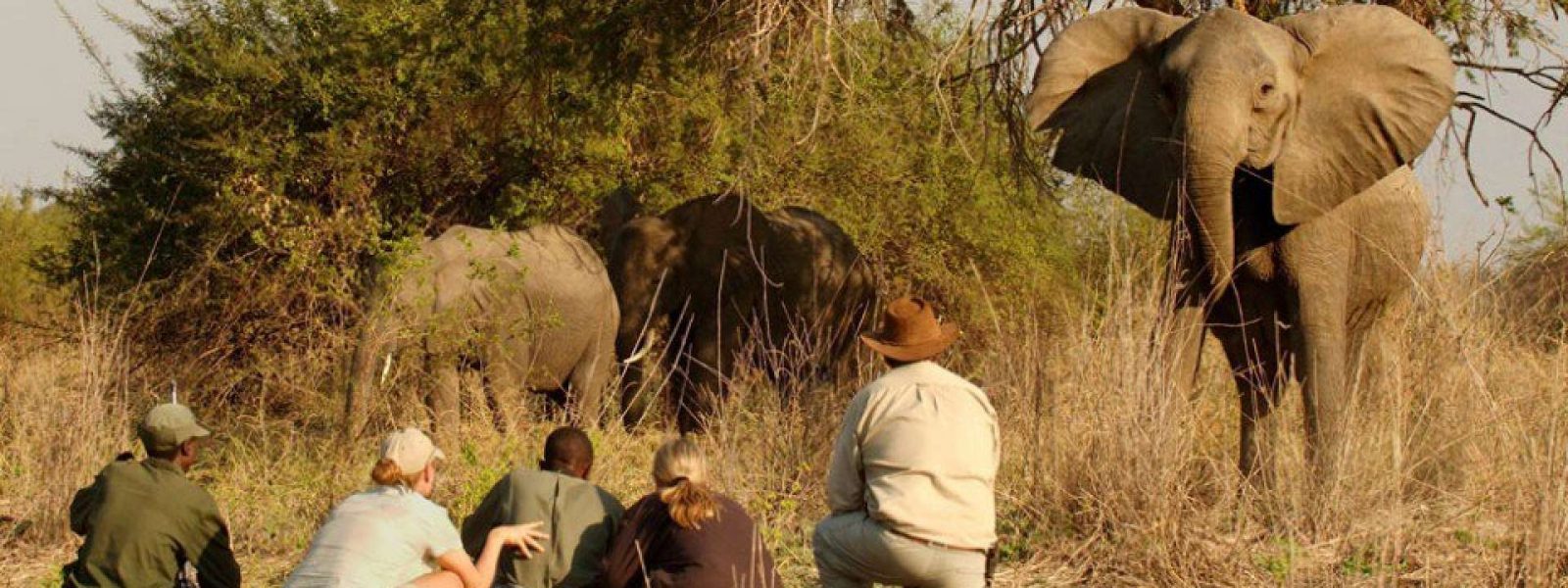Kruger National park lies in the northeast of South Africa and areas across two of South Africa’s provinces which are Limpopo and Mpumalanga.
It is one of the largest game reserves in Africa. The park covers above 19 455 km and is 350 kilometers (217 miles) long from north to south and 60 kilometers (37.2 miles) wide from east to west.
This is one of South Africa’s best transfrontier parks and the most visited in the country. The park is famous for the big 5 and offers a wide variety of accommodation establishments.
The park consists of 336 trees, 49 fish, 34 amphibians, 114 reptiles, 507 birds and 147 mammals.
Kruger National Park is also rich in vegetation such as tall Acacias trees, Marula trees and small gardens with aloes and Barberton daisies to name a few.
There are about 10 entrances in the Kruger National Park and are mentioned below:
The Malelane Gate
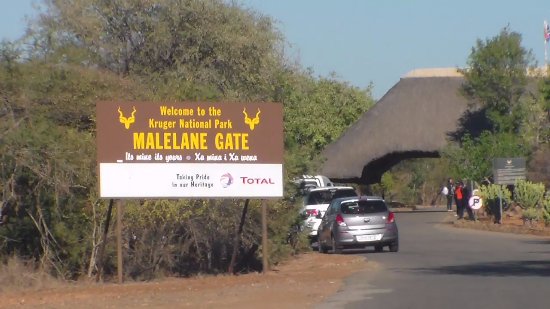
The warden’s name was Colonel James Stevenson- Hamilton. The Malelane camp consists of a variety of rest camps and some good viewing spots. It has great caravan and camping sites also offers a wide range of activities and attractions.
In this area, you are most likely to see Kudus, Giraffes, and Duikers. If you are lucky, you might spot the Big 5. This is one of the smallest campsites in the park and offers accommodation to a maximum of 19 people.
There are no day visitors allowed therefore people have a lot of privacy.
Numbi Gate
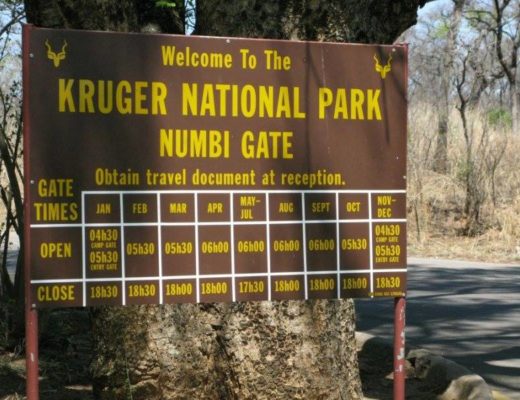
The real meaning of this entrance gate is taken from a SiSwati word for a small fruit of the Transvaal milk plum which was used by the Voortrekkers to make a type of a brandy that is known as mampoer.
The ground at this site is good for a few browsers; hence the first animal you’ll most probably spot is a Kudu.
The other animals that you are most likely to spot are Black Rhinos, Sable antelope, Lichtenstein’s hartebeest, and Leopards.
Punda Maria Gate
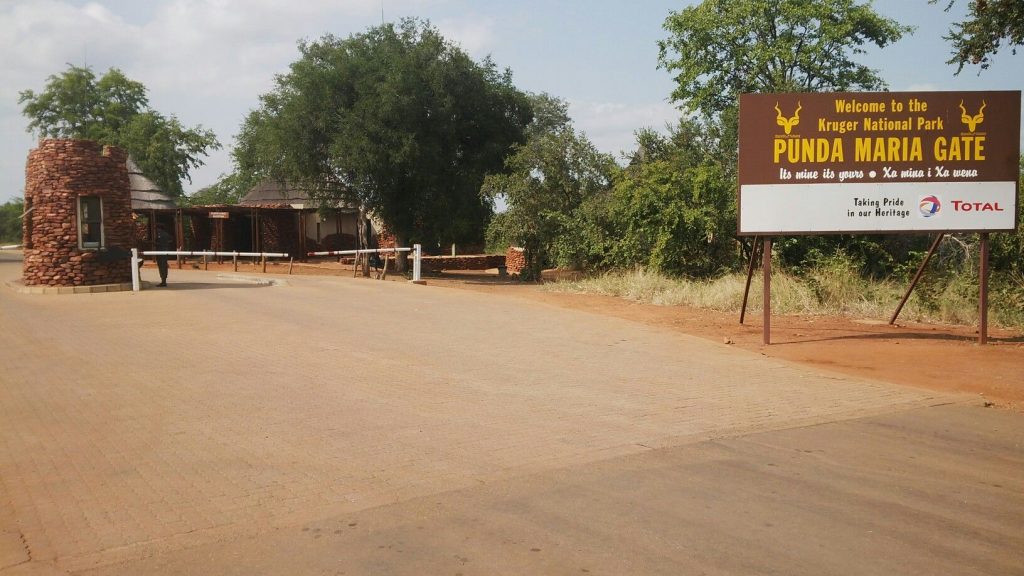
The camp was named by the first ranger of the area who was Kat”Coetser and named it after his wife whose name was Maria.
The name Punda is taken from a Swahili word “Punda Miliya” which means Zebra.
The animals that can be found in this camp are Sharpe’s grysbok, Wild dogs, Zebra, Kudu, and Elephants.
The birds are Arnot’s chat, eastern nicator, Yellow-billed oxpecker, Grey-headed parrot and African harrier-hawk.
Crocodile Bridge Gate
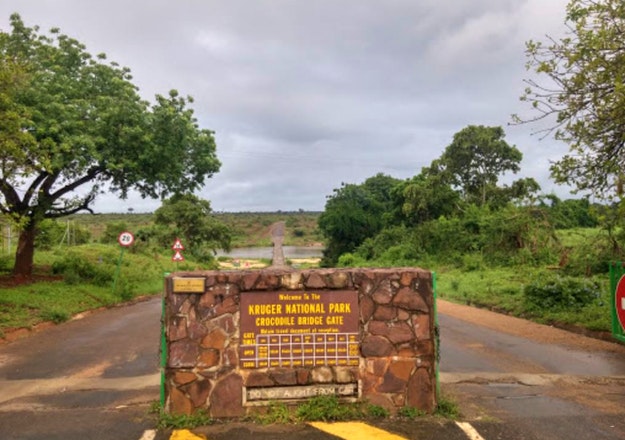
The camp is named after the Crocodile River.
It is also close to the border gate between South Africa and Mozambique. It has the most thrilling wildlife viewing opportunities.
The best part about the Crocodile Bridge camp is the Rhino Territory, you get to see white Rhinos and Black Rhinos.
Paul Kruger Gate
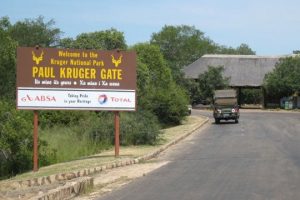
The park was named after the late Transvaal President Paul Kruger who was a big fan of the Bush; hence they also have a sculpture of the man.
The Paul Kruger Bridge is the best known for its amazing Birding spots.
Orpen Gate
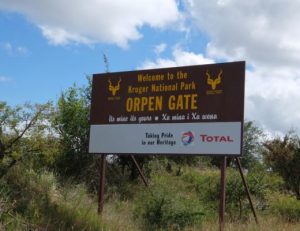
There is a lot of African wildlife that you can spot at this camp including Leopards, cheetahs, and lions.
Outside the camp, there is a small waterhole where you can spot animals such as impalas and baboons in the area and in the evening’s Elephants drinking water there.
Pafuri Gate
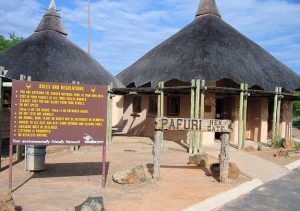
The camp is a luxury safari lodge that is on the best birding area in Kruger National Park.
The camp is situated in the meeting point of South Africa, Mozambique and Zimbabwe.
It offers amazing wildlife sightings including the best birding experiences.
Giriyondo Gate
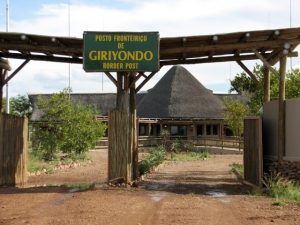
The park in Mozambique is called Parque Nacional do Limpopo which is in Portuguese, a language that is spoken in the country.
The major rest camps are Letaba and Mopani; they are the only ones that offer all the services.
Letaba is the most beautiful camp in the park; it has the most amazing views, birdlife, and bushbuck that are in the camp.
There are so many picnic spots in the Giriyondo region and also rest stops all the way through the park.
Phalaborwa Gate
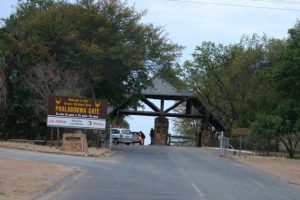
This area is also full of the Mopane trees, bush willows, and the acacias trees which is the best thing to also see in this side of Kruger.
This region also has a lot of Elephants and wild dogs. You will also get to see the Sable waterhole or the Masorini Cultural Village at the Vudogwa Mountain.
Phabeni Gate
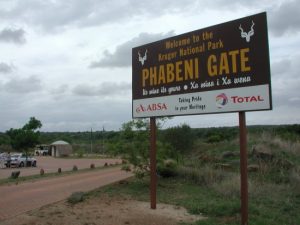
It is culturally decorated and there are three thatched rondavels when entering the gate that symbolizes the cultures of the country South Africa.
There are spectacular views of the Big 5 and other animals in this region such as Impalas, Kudus, Giraffes, and Hippos, etc.
The area is also full of some incredible birdlife to watch.
Best Time to visit Kruger National Park
The park offers the best experiences all year round depending on what exactly you would want to experience. Every season has its own best feature. Most visitors tend to choose to visit the park in the dry season which is from May to September.
The dry season is the best game viewing period at the park, most animals crowd all round together at waterholes and rivers. Vegetation is very low at this time of the year which makes it easier to spot the wildlife.
Game viewing on wet summer days which are from October to April is not easy at times because of the vegetation which gets so big that it gets difficult to spot wildlife in the park.
This season is also very good since it brings along newborn wildlife and boasts a lot of green in the park which makes it so beautiful to gaze at. Vegetation grows so tremendously in this time of the year.
Kruger National Park Conservation effort
Kruger National Park has always made it an effort to contribute to the improvement of communities. They have different initiatives that enrich poor communities and creating a better place for people to live in.
The latest project that they have been involved in is introducing the 5-year program which focuses on a school that is near the park.
They have supported the school with new equipment and facilities such as Computer Labs, Science Labs, and Libraries. The park has made a pledge to continue uplifting communities and lending a hand wherever they can.
Kruger National Park climate
Kruger National Park’s summer season (October – April) is very hot and receives a lot of rainfall during that period.
The winter season (May – September) of the park is humid and mild, but visitors in the evening would be advised to wear warm clothes as it would be a little bit chilly.

